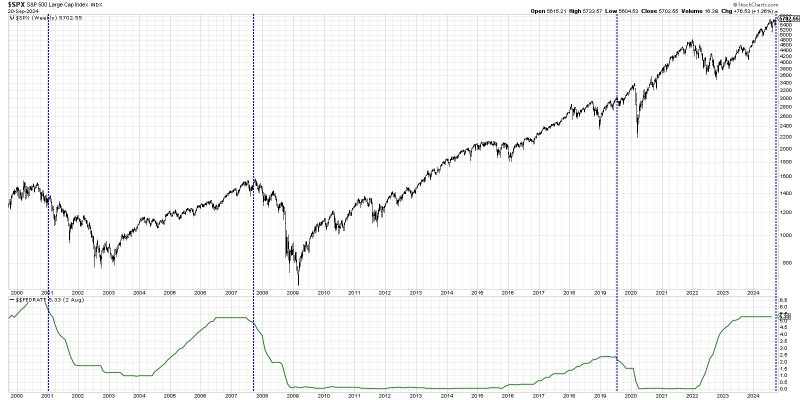In the realm of financial markets, one of the most debated topics is the impact of rate cuts on stock performance. Market analysts and experts often hold opposing views, with some taking a bullish stance while others remain bearish about the implications of rate cuts. This divergence in perspectives underscores the complexity and uncertainty that surrounds the relationship between monetary policy and stock market movements.
Those who adopt a bullish outlook on rate cuts argue that lowering interest rates can stimulate economic growth and boost stock prices. The rationale behind this argument is that when borrowing costs decrease, businesses and consumers are more inclined to borrow and spend, thereby driving up corporate profits and overall market sentiment. In this view, rate cuts are perceived as a tool to incentivize investment and consumption, which in turn can translate into higher stock valuations.
On the other hand, proponents of a bearish outlook caution against overly optimistic expectations regarding the impact of rate cuts on stock performance. They argue that while a reduction in interest rates may have a short-term positive effect on equities, the longer-term implications might not be as favorable. Concerns such as inflationary pressures, asset bubbles, and the diminishing effectiveness of monetary policy tools are often cited as reasons why rate cuts may not necessarily lead to sustained stock market gains.
It is essential to consider the broader economic context when evaluating the impact of rate cuts on stock performance. External factors such as global trade tensions, geopolitical risks, and macroeconomic indicators can also exert influence on market dynamics. Furthermore, the transmission mechanism through which rate cuts affect stock prices is not always direct or immediate, adding another layer of complexity to the analysis.
Historical data provides some insights into the relationship between rate cuts and stock performance. In certain instances, stock markets have reacted positively to rate cuts, with equities rallying in response to accommodative monetary policy measures. However, there have also been occasions when rate cuts failed to provide sustained support to stock prices, highlighting the nuanced nature of market behavior and the multitude of factors at play.
Ultimately, the debate between the bullish and bearish camps underscores the inherent uncertainty and unpredictability of financial markets. While rate cuts can indeed influence stock performance, the exact nature and magnitude of this impact remain subject to various variables and contingencies. Investors and analysts alike should approach the issue with a healthy dose of skepticism and an awareness of the complex interplay between monetary policy and market dynamics.

